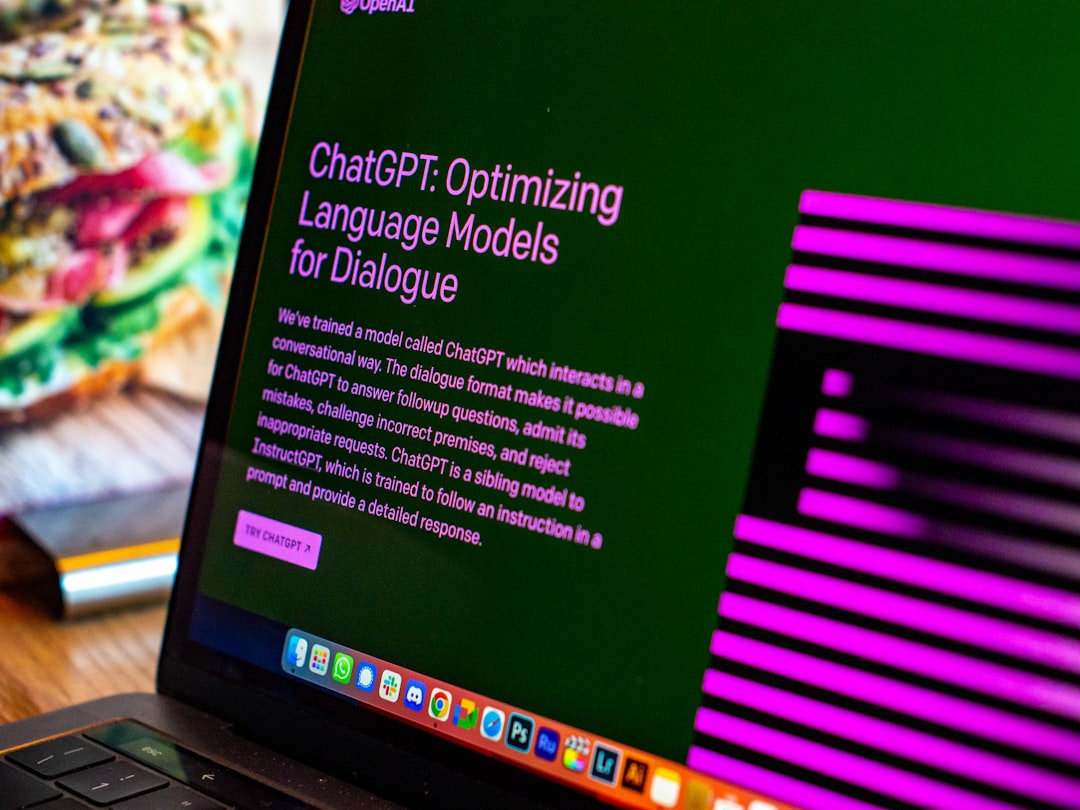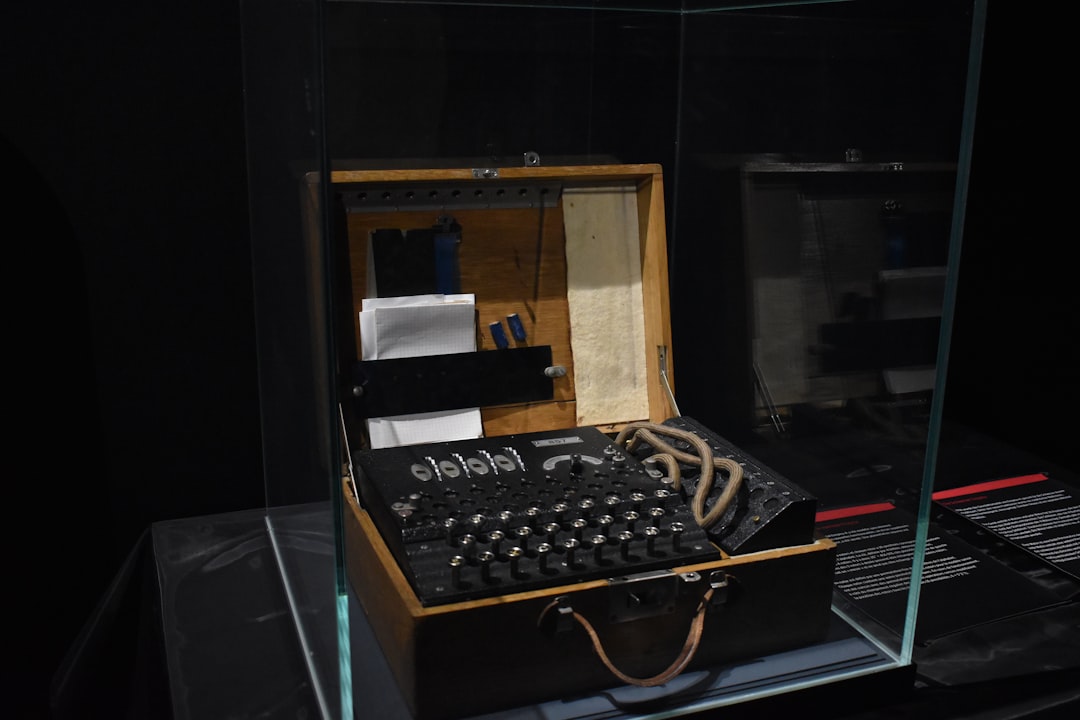ChatGPT has proven to be a powerful tool in numerous applications, from writing assistance to customer service automation. However, one frequent limitation that users encounter is its inability to upload or download images and files directly within a standard chat interface. This can be a significant roadblock for workflows that depend on file sharing or visual references. In this article, we’ll explore the reasons behind this limitation, the technical and security constraints involved, and what users can do as workarounds or potential fixes.
Understanding the Current Limitations
As of now, the core versions of ChatGPT — particularly those running in browser-based apps — are constrained in handling multimedia interactions such as image or file uploads. Here are a few key reasons why:
- Security Concerns: Allowing file uploads opens the door to potentially malicious content. Text-based models like ChatGPT operate in a controlled sandbox to ensure they don’t receive infected or harmful files.
- Platform Design: The basic ChatGPT interface was designed for textual inputs and outputs. While visual understanding is possible in more advanced versions (like GPT-4 with vision), the upload feature is often disabled or limited due to broader platform policies.
- Data Privacy: Uploading files, especially private images or documents, poses serious privacy risks. Without strict user consent mechanisms, processing such data can raise compliance issues with data protection regulations like GDPR or CCPA.
These factors collectively contribute to the lack of file and image uploading capabilities for most users. Yet, these limitations don’t necessarily mean you’re without options. Various solutions and workarounds can help bridge the gap.
Why Can’t ChatGPT Handle Uploaded Files?
To understand the root of the issue, it’s essential to consider how models like ChatGPT function. At its core, ChatGPT processes textual data. Even though it’s part of a multimodal architecture in versions like GPT-4, most deployed versions operate with limited I/O (input/output) capabilities to protect both users and the system.
There are a few key reasons file uploads are restricted:
- Resource Management: File processing often requires greater computational power and memory. Image recognition or natural language understanding of complex PDFs introduces additional layers of processing that can overwhelm servers during simultaneous user interactions.
- Model Context Size Limits: While GPT-4 can work with longer context windows, there are practical boundaries to how much data it can ingest and reason with at once. Uploading large files could introduce input payloads beyond these limits.
- Limited Plugins or API Extensions: Some versions of ChatGPT, especially in professional or enterprise plans, support plugin integration or API calls that can process external files, but these are not available to all users.

Vision-Enabled and Enterprise Solutions
OpenAI has rolled out advanced versions of ChatGPT that include image recognition and even basic file reading functionality — particularly in enterprise environments or through partner platforms. For example, GPT-4 with vision can analyze images and offer insights, but this still typically requires specialized access and configuration.
In business settings where ChatGPT is embedded into custom tools, APIs can be used in tandem with cloud storage solutions to simulate file uploads. Here’s how it works:
- Users upload files to a secured cloud platform (like AWS S3, Dropbox, or Google Drive).
- An application layer reads the file, extracts content, and sends it to GPT-4 via the OpenAI API.
- The bot responds with context-aware information based on the contents of the uploaded file.
This isn’t a direct “upload to ChatGPT” scenario, but rather a well-architected workaround that provides file input capabilities indirectly.
How Users Can Work Around the Limitation
If you’re a user looking for a way to include images or documents in your ChatGPT sessions, here are some practical tips and solutions:
1. Use Descriptive Text Instead of Files
For most use cases, converting the contents of a file to plain text and pasting it into the chat can yield effective results. This approach is excellent for analyzing PDFs, spreadsheets, or slide decks whose text-based summaries can be extracted and understood by the model.
2. Leverage Plugins (If Available)
In ChatGPT Plus or enterprise versions, plugin functionality may be available. Plugins like Zapier or File Reader can accept links to documents or images for parsing. Ensure you’re in a version where this feature is activated, and follow all security guidelines when providing links.
3. Use Companion Tools
Tools like Notion AI or Microsoft Copilot integrate GPT-4 capabilities and offer enhanced file interaction features. These tools are tailored for enterprise use and provide more structured environments around file processing.
4. Exploit Vision-Based Variants
ChatGPT with vision, accessible through specific plans or research previews, can interpret images if they’re pasted or linked in a chat. This visual understanding lets users ask questions about diagrams, screenshots, or photos — but again, uploading as a traditional “file” is not how it works.

Steps OpenAI Might Take in the Future
Given the surge in demand for multimodal AI systems, OpenAI is likely to continue enhancing file interaction capabilities. Potential developments to watch for include:
- Secure File Sandboxing: An in-built feature allowing limited file uploads with rigorous checking for malware and other threats.
- Enhanced User Consent Protocols: Opt-in agreements that let users upload files and affirm compliance with privacy standards.
- Multipart Input Interfaces: UI enhancements that allow users to drag-and-drop files or images while working in the same chat session.
While these changes might not happen immediately, they are logically aligned with the evolution of AI tools toward richer, more interactive environments.
Security Must Always Come First
As tempting as it is to want full multimedia interaction with AI systems, security must remain a top priority. File uploads are notoriously risky; allowing them without thorough scanning and proper boundaries can expose systems to ransomware, phishing attacks, or data leaks.
It’s worth noting that OpenAI’s cautious approach reflects a broader industry trend. Leading tech companies — from Google to Microsoft — implement strict safeguards when integrating AI with files or external data to ensure ethical and responsible AI use.

Conclusion
While it may seem inconvenient that ChatGPT doesn’t currently support direct uploading of images or files in most versions, the restriction stems from very real security, design, and privacy concerns. Fortunately, users aren’t left helpless: with plugins, APIs, and external integrations, many workarounds can help simulate file upload functionality in safe and effective ways.
As AI platforms continue to evolve, it is likely that more seamless multimedia interactions will become the norm. Until then, understanding the limitations — and how to strategically overcome them — is the best approach to leveraging the full power of ChatGPT in your workflows.



